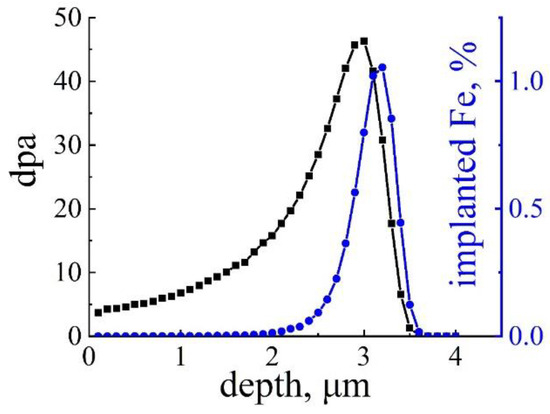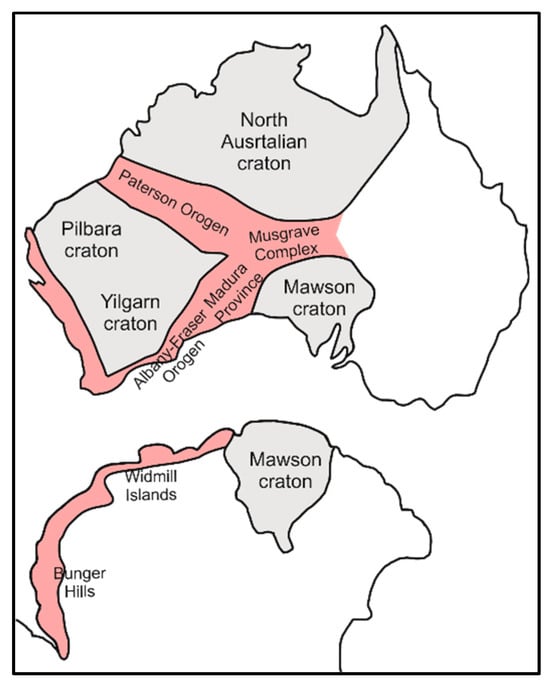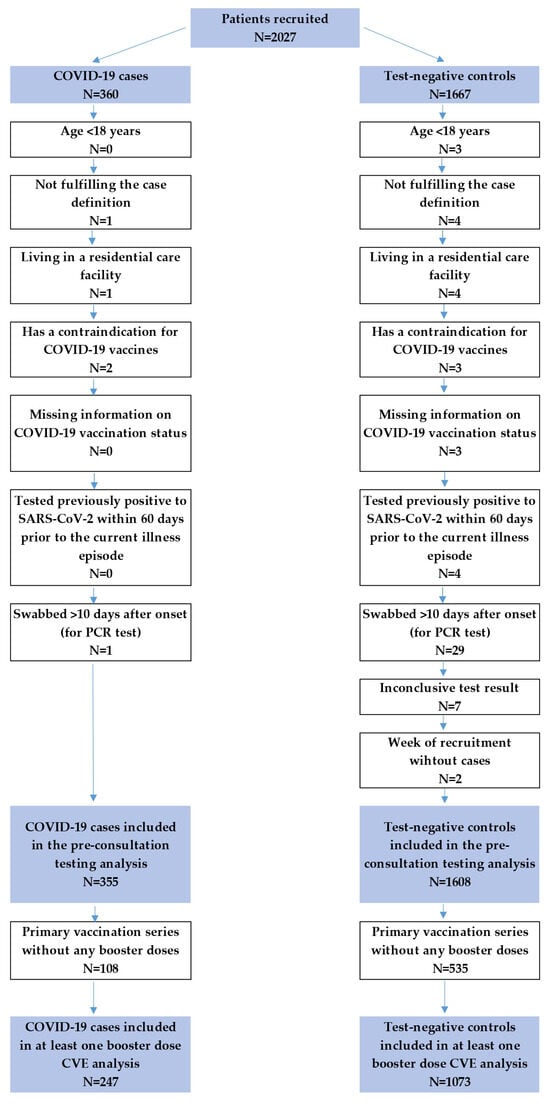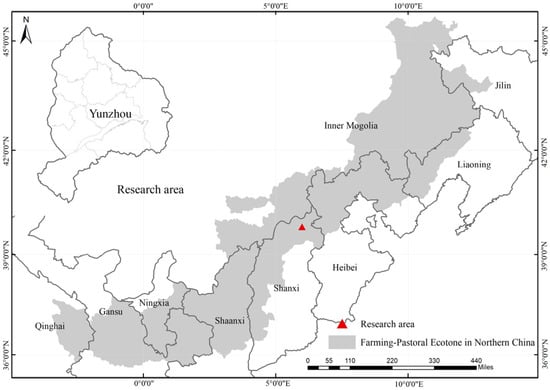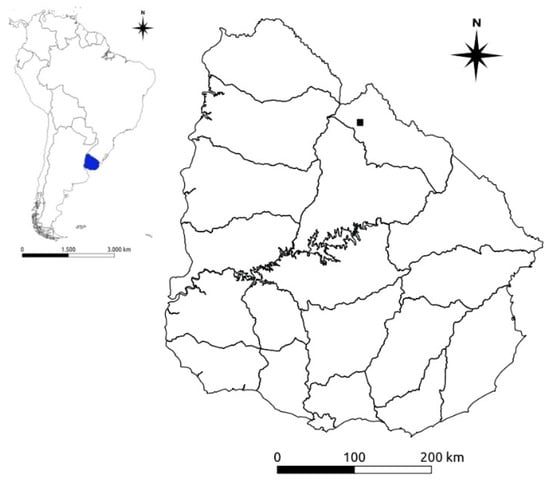The high mountain forests on Earth are characterized by sharp environmental heterogeneity, high species endemism, and unique phenotypic adaptations. Yet, global warming is jeopardizing this ecosystem as no other as some forests may have nowhere to go beyond the mountain’s summits. One of the most human-endangered high-elevation ecosystems is the
Polylepis forest. Despite its vulnerability, forecasting climate reactions in this distinctive high mountain forest type remains a formidable challenge. Therefore, in this study, we modeled climate change responses of high-elevation allopatric
Polylepis sericea and
P.
quadrijuga (Rosaceae) in the northern Andes. The analysis took into account VIF-prioritized bioclimatic variables for near-to-present and future (2081–2100 MPI-ESM1-2-HR) conditions. Model selection was carried out following the AUC scores of 12 MaxEnt and six machine learning algorithms. Predictive power reached 0.97 for MaxEnt’s model fc.H_rm.1 (H-1). Results indicate a moderate vulnerability of
P.
sericea, with a 29% loss of area in the trailing edge, due to climate change for the period 2081–2100. On the other hand,
P.
quadrijuga is likely to experience even larger distribution losses, up to 99%, for the same period. The findings of this study suggest that
P.
quadrijuga, as compared to
P.
sericea, exhibits a restricted ability to maintain the corresponding habitat requirements in the face of climatic change. Higher niche specialization of
P.
quadrijuga in the environmentally heterogeneous Eastern Cordillera contrasts with the more generalist nature of
P.
sericea in the topographically less complex Central Cordillera. In addition to climate change, this trend may be exacerbated by the detrimental effects of agriculture, mining, and an expanding rural population, which represent significant human-driven pressures yet to be modeled in the northern Andean highlands. Yet, based on previous studies, the historical population dynamics during the past glacial cycles suggests that range shifts could play a more significant role at deeper time scales than previously forecasted in the species’ reaction to climate change. Additionally,
Polylepis forests may be able to endure at the current locations via local adaptation and plasticity, major drivers of the phenotypic variation in long-lived trees, counteracting the vulnerability scenario under a niche conservatism hypothesis. Ultimately, the modeling procedure employed in this study provides insights into the potential effects of climate change on
Polylepis forests 70 years from now. Oncoming studies may consider alternative responses inherent to the gene pool of the species and the interaction with edaphic and biotic agents. We advocate for the application of comparable estimations in other high-elevation tree communities found at the tree line.
Full article
 IJMS
IMPACT
IJMS
IMPACT Applied Sciences
IMPACT
Applied Sciences
IMPACT Sustainability
IMPACT
Sustainability
IMPACT Sensors
IMPACT
Sensors
IMPACT JCM
IMPACT
JCM
IMPACT Materials
IMPACT
Materials
IMPACT Molecules
IMPACT
Molecules
IMPACT Energies
IMPACT
Energies
IMPACT Electronics
IMPACT
Electronics
IMPACT Remote Sensing
IMPACT
Remote Sensing
IMPACT Cancers
IMPACT
Cancers
IMPACT Nutrients
IMPACT
Nutrients
IMPACT Mathematics
IMPACT
Mathematics
IMPACT Foods
IMPACT
Foods
IMPACT Buildings
IMPACT
Buildings
IMPACT Polymers
IMPACT
Polymers
IMPACT Animals
IMPACT
Animals
IMPACT Water
IMPACT
Water
IMPACT Plants
IMPACT
Plants
IMPACT Agronomy
IMPACT
Agronomy
IMPACT Biomedicines
IMPACT
Biomedicines
IMPACT Processes
IMPACT
Processes
IMPACT Microorganisms
IMPACT
Microorganisms
IMPACT Diagnostics
IMPACT
Diagnostics
IMPACT Nanomaterials
IMPACT
Nanomaterials
IMPACT Viruses
IMPACT
Viruses
IMPACT Medicina
IMPACT
Medicina
IMPACT Healthcare
IMPACT
Healthcare
IMPACT Cells
IMPACT
Cells
IMPACT Forests
IMPACT
Forests
IMPACT Agriculture
IMPACT
Agriculture
IMPACT Land
IMPACT
Land
IMPACT JMSE
IMPACT
JMSE
IMPACT IJERPH
IJERPH
 Symmetry
IMPACT
Symmetry
IMPACT Genes
IMPACT
Genes
IMPACT Pharmaceutics
IMPACT
Pharmaceutics
IMPACT Coatings
IMPACT
Coatings
IMPACT Micromachines
IMPACT
Micromachines
IMPACT Pharmaceuticals
IMPACT
Pharmaceuticals
IMPACT Atmosphere
IMPACT
Atmosphere
IMPACT Children
IMPACT
Children
IMPACT Religions
IMPACT
Religions
IMPACT Antioxidants
IMPACT
Antioxidants
IMPACT Life
IMPACT
Life
IMPACT Metals
IMPACT
Metals
IMPACT Biomolecules
IMPACT
Biomolecules
IMPACT Vaccines
IMPACT
Vaccines
IMPACT Education Sciences
IMPACT
Education Sciences
IMPACT Minerals
IMPACT
Minerals
IMPACT Horticulturae
IMPACT
Horticulturae
IMPACT Brain Sciences
IMPACT
Brain Sciences
IMPACT JPM
IMPACT
JPM
IMPACT Bioengineering
IMPACT
Bioengineering
IMPACT









